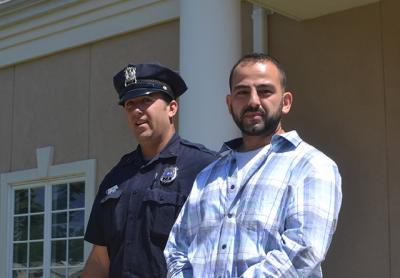Southampton Town Police Chief Involved in Crash
Southampton Town Police Chief Involved in Crash
The Southampton Town police chief was on the other side of an accident scene Thursday evening when he was involved in a crash in Brookhaven Town, according to Southampton Town Supervisor Jay Schneiderman.
Steven E. Skrynecki called the supervisor from the hospital and told him he had been hit from behind as he slowed down in his town-owned Chevrolet Impala to assist a disabled motorist. The accident reportedly occurred in Yaphank, near Route 27 and Horseblock Road, around 7 p.m. Suffolk County police had no immediate comment.
According to Mr. Schneiderman, a car on the side of the road was smoking from engine trouble. Chief Skrynecki went to pull onto the shoulder to help because he had a fire extinguisher in his town-issued sedan. The car behind him "plowed right into him." The chief's car "spun around."
"He is okay," Mr. Schneiderman said. "He's just going to get checked out."
The supervisor said the chief was alone in the Impala and was heading back to Nassau County, where he served as the police chief until accepting the position in the Town of Southampton. He officially started in May, but has been working as a consultant with the town since the beginning of the year.
"He was trying to do a good deed," Mr. Schneiderman said.
As it was, the chief's new Chevrolet Tahoe is expected to arrive early next month.







